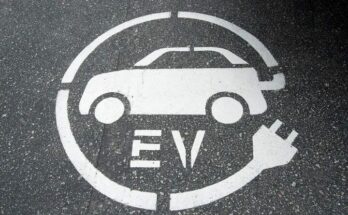If you think the country’s energy sector’s current affordability issue is awful, wait until you see the sustainability catastrophe that is coming to rock our already fragile export sector.
According to analysts, what kind of electricity a company uses to produce its products will have a significant impact on its long-term prospects for success when exporting goods to the European Union (EU).
An agreement between the European Parliament and the Council of the European Union requires every company in Europe to begin reporting on imported goods that are “carbon emission-intensive” this month. The new regime also mandates that all carbon emissions be “financially offset” starting in 2026.
Dr Khalid Waleed, research fellow at the Sustainable Development Policy Institute, an Islamabad-based think tank while commenting on the situation, said:
“It means the competitiveness of the Pakistani businesses will go further down in the international market if we don’t invest in sustainable and renewable energy now.”
He claims that if electricity produced by coal-based power plants is used to process products made by Pakistan’s export industries, those products will become more expensive within ten years.
Officially called the Carbon Border Adjustment Mechanism (CBAM), the new set of trade rules will impose carbon fees on all imports into the EU from non-members. It means the single largest destination of Pakistani exports (bloc-wise) will be using renewable energy as a trade barrier, says Dr Waleed.
Related: Blame Where the Blame is Due
For now, the EU is imposing the CBAM on imports in six sectors, namely cement, aluminum, hydrogen, iron and steel, fertilizer, and electricity. However, Dr Waleed adds:
“By 2030, the CBAM regime will apply to all industries, including textiles, which constitute the largest chunk in Pakistan’s exports.”
The CBAM quarterly reporting will start on October 31 in accordance with the implementation schedule. After the transition phase expires on December 31, a complete implementation will take place starting in 2025, when statements of emissions estimations will be required. Beginning on January 1, 2030, the regime will apply to everything imported. Pakistan’s competitiveness will suffer if it continues expanding its reliance on coal while disregarding renewable energy solutions.
The most recent month for which official data is available is August, and it shows that the percentage of local and imported coal in the mix used to generate energy was 10.3% and 4.5%, respectively. The cumulative share of coal in the energy mix in August makes it the third biggest source of electricity after hydel (37.6%) and imported gas (17.2%). Other contributors to the energy mix in August were nuclear (12.8%), local gas (7.6%), wind (5%), furnace oil (4.1%), and solar (0.5%).
Source: Dawn

A computer animation professional with over 23 years of industry experience having served in leading organizations, TV channels & production facilities in Pakistan. An avid car enthusiast and petrolhead with an affection to deliver quality content to help shape opinions. Formerly written for PakWheels as well as major publications including Dawn. Founder of CarSpiritPK.com




